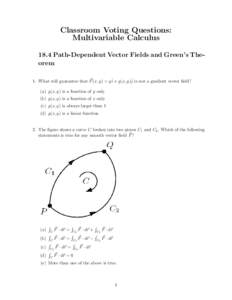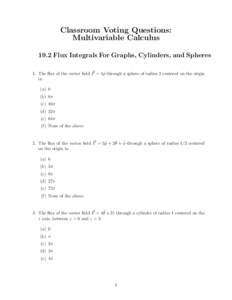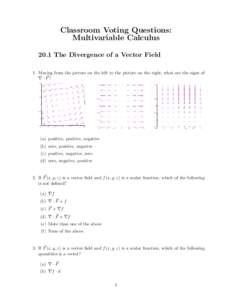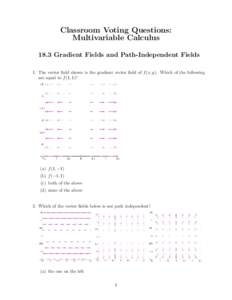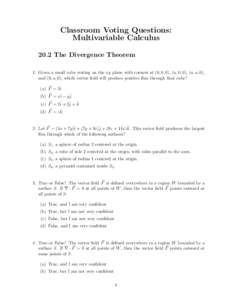<--- Back to Details
| First Page | Document Content | |
|---|---|---|
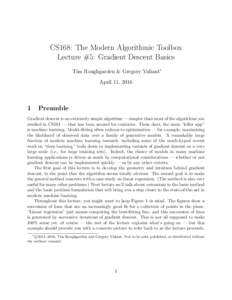 Date: 2016-06-04 09:49:43Mathematical analysis Numerical analysis Mathematics Differential calculus Rates Vector calculus Convex analysis Gradient descent Convex optimization Mathematical optimization Derivative Normal |
Add to Reading List |
 CS168: The Modern Algorithmic Toolbox Lecture #5: Gradient Descent Basics Tim Roughgarden & Gregory Valiant∗ April 11,
CS168: The Modern Algorithmic Toolbox Lecture #5: Gradient Descent Basics Tim Roughgarden & Gregory Valiant∗ April 11, 